“Techtronic Industries (TTI) will expand its manufacturing plant in the Ho Chi Minh City High-Tech Park,” affirmed Mr. Horst Pudwill, Chairman and Founder of TTI, during a recent working session with Chairman of the Ho Chi Minh City People's Committee Nguyen Van Duoc.
According to the Management Board of Ho Chi Minh City Export Processing and Industrial Zones (Hepza), as of September 9, 2025, the total investment capital attracted to Ho Chi Minh City export processing zones and industrial parks after the merger reached 4 billion USD, of which FDI capital accounted for 2.4 billion USD.
Amid concerns that a 20% tax on Vietnamese goods exported to the US could reduce FDI flows into industrial parks, Hepza's survey data of 32 enterprises exporting goods to the US shows the opposite reality.
Accordingly, most businesses perceive the 20% tax rate as lower than the previous 46% rate, but it is still a large cost, reducing profits and businesses need time to optimize added value and restructure production processes. Only 2 businesses said orders decreased by about 20%; one business temporarily suspended contracts due to the impact of tariffs from the United States...
To cope with the tariff situation, businesses recommend that the Government continue to provide official information related to the regulations on “transit goods” and “true origin”. At the same time, deploy legal support measures to create favorable conditions for businesses to adjust their production and business strategies in the short and medium term.
After the merger, Ho Chi Minh City will form a large-scale integrated industrial - urban - seaport space with synchronous infrastructure and a closed supply chain, creating a competitive advantage over other localities with 3 pillars.
Firstly, the deep-water seaport system in Ba Ria - Vung Tau (old) connects directly with the industrial production center in Binh Duong (old) and the services and finance of Ho Chi Minh City (old) to form a closed supply chain, helping to reduce logistics costs and improve the competitiveness of industrial products, especially in the context of increasing international trade barriers.
Second, Ho Chi Minh City aims to develop new generation industrial parks, with green, smart, and circular criteria, associated with priority industries such as electronics, semiconductors, artificial intelligence, biotechnology, and precision mechanics. These are industries with high scientific and technological content, less directly affected by tariff barriers, while creating great added value and being in line with the global sustainable development trend.
Third, institutional and public administration reform continues to be a highlight. With the “one-stop, on-site” mechanism, 100% of administrative procedures have been digitized, with the rate of early settlement reaching over 90%. After the merger, Ho Chi Minh City will centrally manage according to function, regardless of the geographical area, helping to shorten processing time, reduce overlap and ensure transparency for investors.
According to Hepza, the three pillars of scale, technology and institutions have helped Ho Chi Minh City continue to maintain its attractiveness to FDI capital flows from the United States, Europe and other potential partners, despite fluctuations in global trade. To maintain its leading position in attracting FDI capital to industrial zones, Ho Chi Minh City is persistent in its orientation of attracting selective, quality, and sustainable FDI, ensuring compliance with international strategies and development requirements in the new period.
The city will gradually relocate industrial parks located in densely populated areas, reserving land for investment in high-tech centers, R&D and innovation support services. The focus is on attracting US and European corporations, which are leaders in technology, governance and transparency.
The city aims to have an additional 6,500 - 6,800 hectares of industrial park land eligible for lease by 2030, attracting about 20 - 21 billion USD in investment capital, while prioritizing high-tech, green and sustainable projects.
To retain investors, Dr. Truong Minh Huy Vu, Director of the Ho Chi Minh City Institute for Development Studies, proposed that Ho Chi Minh City should implement the model of “one center - three regions - one special zone”. In which, the central region plays the role of policy brain, the two regions, Binh Duong (old) and Ba Ria - Vung Tau (old), need to be developed synchronously, continuing the smooth operation of projects and works before the merger.
Source: https://baodautu.vn/bat-chap-rao-can-thue-quan-khu-cong-nghiep-tphcm-van-hut-fdi-d395203.html




![[Photo] Binh Trieu 1 Bridge has been completed, raised by 1.1m, and will open to traffic at the end of November.](https://vphoto.vietnam.vn/thumb/1200x675/vietnam/resource/IMAGE/2025/10/2/a6549e2a3b5848a1ba76a1ded6141fae)



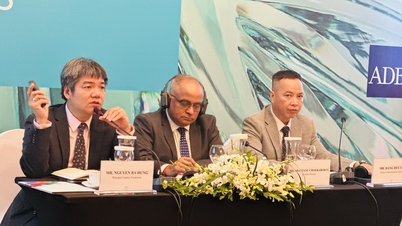

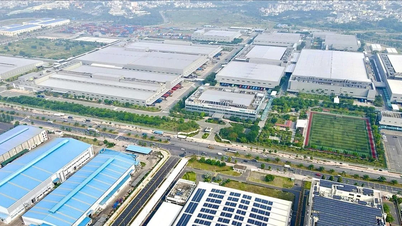






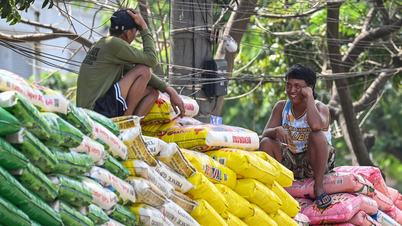

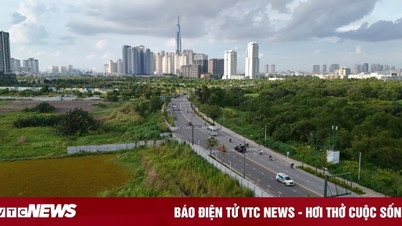

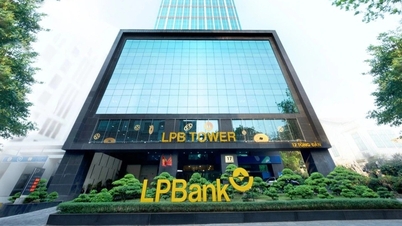

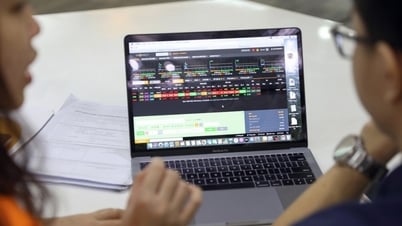
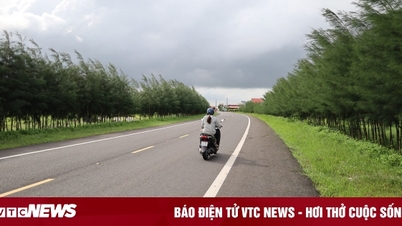
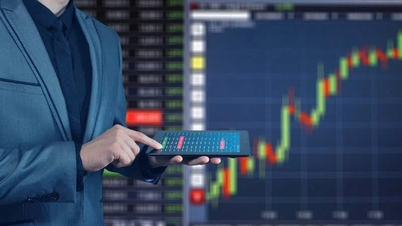

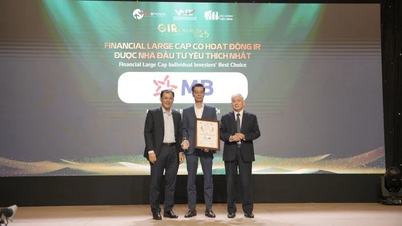







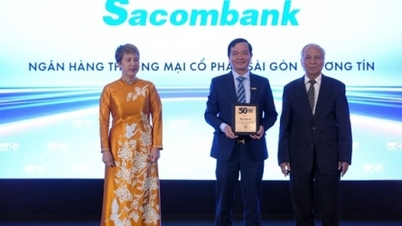













































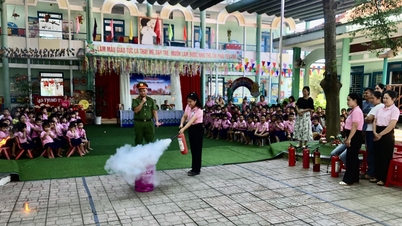

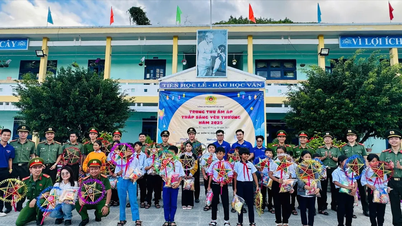
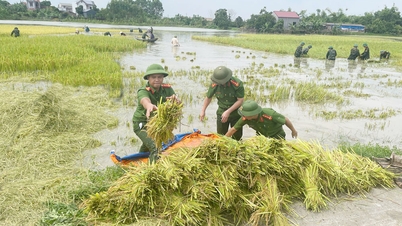

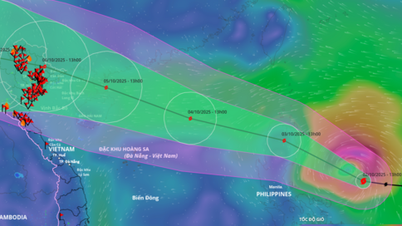

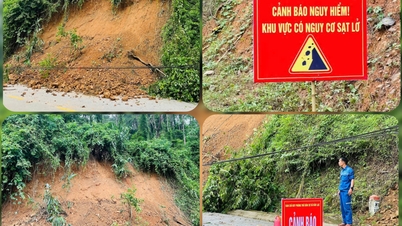













Comment (0)